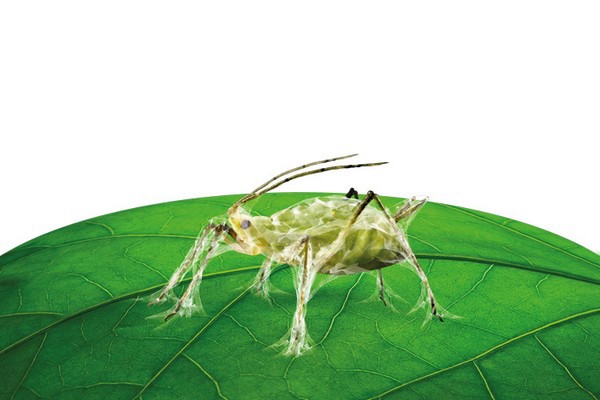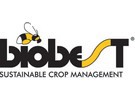"Over this past season, many growers have adopted Protac SF and are seeing for themselves its effect as a broad-spectrum corrective product," says Biobest advisor Arjo van Lenteren. "Fast-acting, Protac SF forms a thin, sticky net over pests, quickly immobilizing and eliminating them,” he says.
“With a physical mode of action, Protac SF does not require an MRL and provides good curative pest control. Cucumber and tomato growers use it predominantly to control whitefly and aphids. Broad-spectrum, it also simultaneously eliminates spider mites and is already widely used by soft fruit growers for this purpose.”

Control hotspots
Protac SF can be used safely alongside beneficial insects. "By spraying it into the top meter of the crop, it targets whitefly, aphids, and spider mites, covering them with a three-dimensional polymer net blocking their physical life functions,” explains Arjo. “Pests that have been controlled may stick to the leaves for a few days before falling off.”
“Beneficial insects, such as Macrolophus, can also be affected,” he says. "However, if already well established, the small number that is eliminated makes little difference to the overall control program. By spraying Protac SF primarily into pest hotspots, it combats these without impacting the biological balance in the crop as a whole."
Dry conditions required
As Protac SF has a purely physical mode of action, it is impossible for pests to become resistant. To get the best results, Arjo recommends following certain guidelines. “Fast drying conditions are important,” he says. “Always spray Protac SF on a dry crop and at a relative humidity below 65% - in other words, during the day. If the product does not dry quickly enough, leaf margins and spots can occur. It is also important to get good coverage, to ensure the pest’s entire body surface is covered.”
Preparation method
Arjo also has a tip regarding the preparation of the product. "Protac SF can foam a bit, therefore it is a good idea to fill the spray tank two-thirds full with water, before adding the prescribed amount of product,” he says. “Then the tank can be completely filled and treatment can begin.”
“If, after spraying, new pests appear - another Protac treatment can be applied after seven days.”

